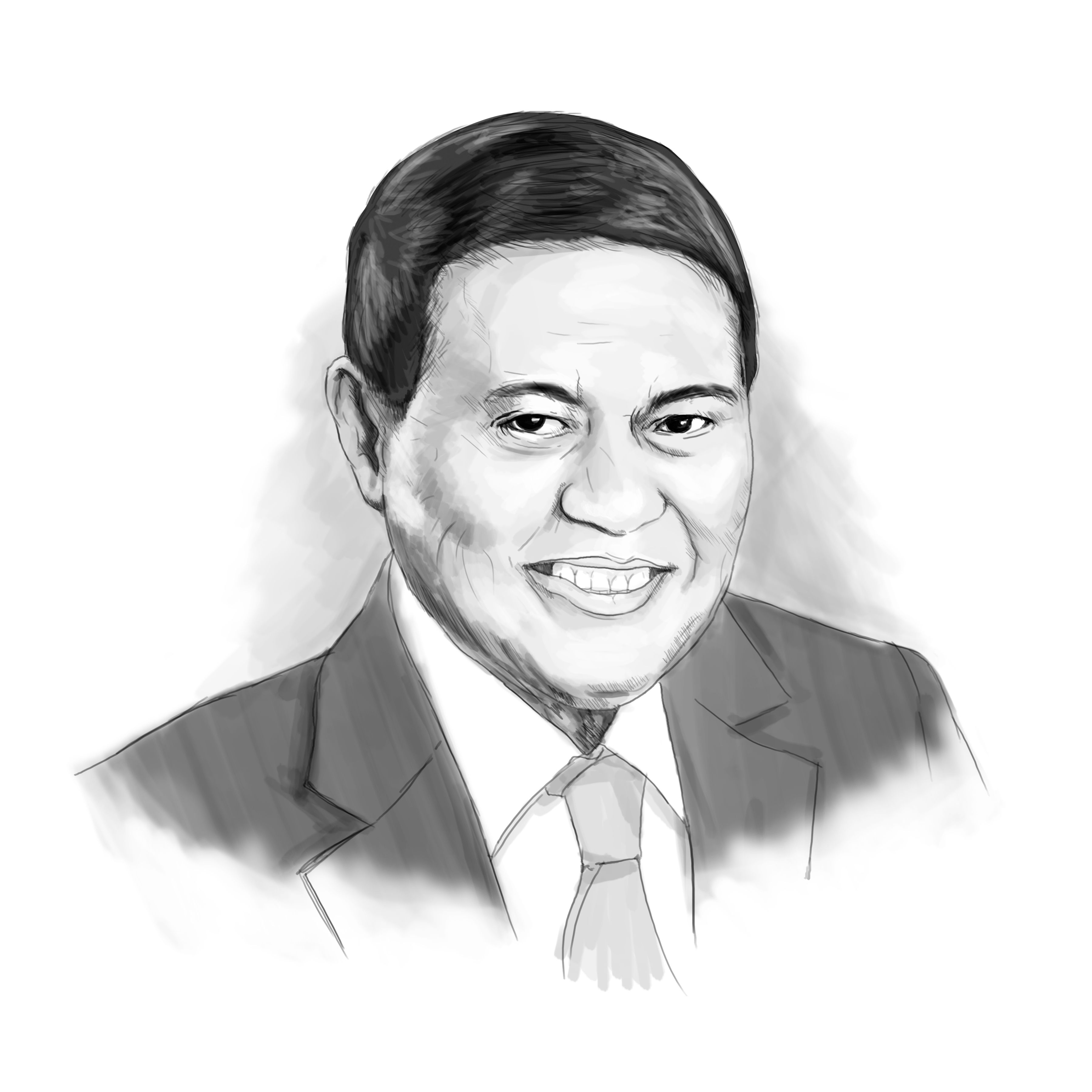OF TREES AND FOREST

Eighty-nine years ago, on Nov. 15, 1935, the Commonwealth of the Philippines was inaugurated. This political arrangement, provided for under the Philippine Independence Act of 1934, otherwise known as the Tydings-McDuffie Act, is a 10-year transitional government in preparation for full Philippine independence. Earlier, on Sept. 16, Manuel L. Quezon and Sergio Osmeña were elected President and Vice President respectively, as well as members of the National Assembly.
This was not independence. Not yet. This was a transitory period in which all of government will be run by Filipinos and not by Americans. On paper, at least. The fact was that the Americans were still in charge. In fact the Philippine Independence Act clearly dictated what form of government shall be established and that “pending the final and complete withdrawal of the sovereignty of the United States over the Philippine Islands” the law mandated that every Filipino and government official “shall, before entering upon the discharge of his duties, take and subscribe an oath of office, declaring, among other things, that he recognizes and accepts the supreme authority of and will maintain true faith and allegiance to the United States” (Section 2a).
The law provided that after the 10-year period of American tutelage, on July 4 “the President of the United States shall by proclamation withdraw and surrender all right of possession, supervision, jurisdiction, control, or sovereignty then existing and exercised by the United States in and over the territory and people of the Philippine Islands” (Section 10a). It also mandated the US President to “recognize the independence of the Philippine Islands as a separate and self-governing nation and acknowledge the authority and control over the same of the government instituted by the people thereof.”
This was the reason why for many years our country celebrated independence day on the July 4. This did not sit well for many Filipinos because it implied that our independence was “granted” by the US, or that we would not be free had the US not recognized our independence. And so in 1962, President Diosdado Macapagal moved the commemoration of Philippine Independence Day from July 4 to June 12, which was the date of establishment of the Philippine Republic under Gen. Emilio Aguinaldo. In his proclamation, President Macapagal cited this as the moment “our people declared their right to self-determination, liberty and independence.”
That historic event, which established the first independent Republic in Asia, “was a legitimate assertion by the Filipino nation of their natural and inalienable claim to freedom and independence, which is an inherent right of every people not dependent upon the will and discretion of another”(Proclamation No. 28, s. 1962). I was very young at that time, about 13 years old I think, so I did not realize the importance of such change. Later on in life, specifically when I entered the University of the Philippines-Diliman, I was able to fully grasp the significance of the date change. I realized that it was not just a date change in the celebration of our nation’s independence but a profound transformation in the way we view ourselves as a nation.
It is true that American influence never really disappeared even with the “grant of independence.” Some might argue that American influence persist to this day. But that singular act of changing the day of our independence was crucial in developing our sense of nationhood. We became free because we fought for our freedom. We achieved independence because Filipinos sacrificed their blood, sweat and tears to resist any form of colonialism. And while we constantly struggle in this national experiment as a republic, we do so as a free and independent nation.
([email protected] and/or http://www.mannyvillar.com)